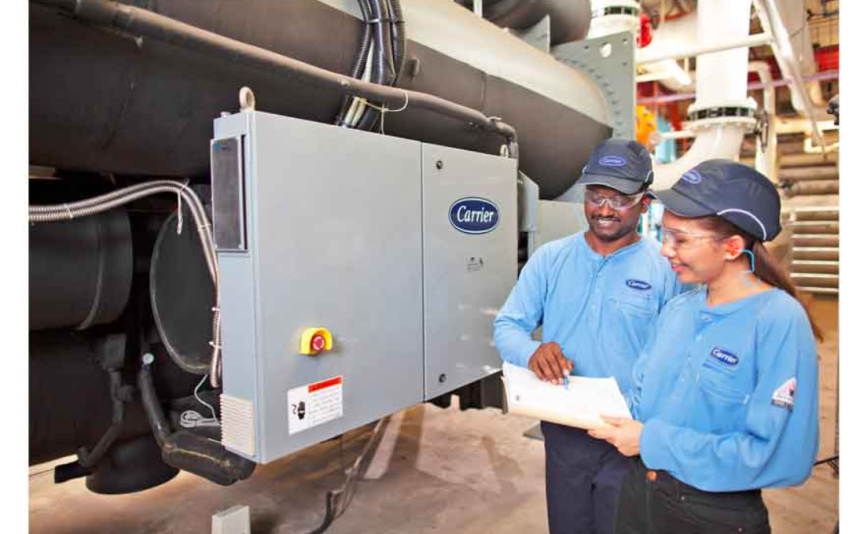HVAC systems are critical for maintaining indoor comfort in residential and commercial buildings. A key component of these systems is the moisture control unit, which includes condensate pumps designed to remove condensation produced during the cooling process. Proper functioning of these units is essential to prevent water damage and maintain the effectiveness and efficiency of the entire HVAC system. However, like any mechanical system, issues can arise that require troubleshooting and repair.
Understanding Condensate Pumps and Their Function
Condensate pumps are integral to managing the moisture that HVAC systems produce. They are typically used where gravity drainage is not possible, ensuring that condensation is effectively pumped out to a proper drainage location. When these pumps malfunction, they can lead to problems such as water leaks, increased humidity, and potential damage to the HVAC system or building structure.
Common Signs of Issues
- Water leakage around the HVAC unit
- Unusual noises coming from the condensate pump
- Continuous operation of the pump without shutting off
- High humidity levels within the indoor environment
Troubleshooting Steps for Common Problems
Pump Does Not Turn On
- Check Power Supply: Ensure the pump is plugged in and receiving power. Check any circuit breakers or fuses associated with the unit.
- Inspect the Float Switch: A stuck float switch can prevent the pump from activating. Check if the switch is obstructed and move it to see if it engages the pump.
Pump Runs Continuously
- Float Switch Adjustment: If the pump does not turn off, adjust the float switch. It may be set too low, causing the pump to run longer than necessary.
- Check for Clogs: Ensure there are no clogs in the pump’s check valve or discharge line, which could prevent water from flowing out correctly.
Water Leakage
- Inspect Hoses and Connections: Check all hoses and connections for leaks. Tighten any loose fittings and replace damaged hoses.
- Pump Basin Overflow: Clear any blockages in the pump’s basin that might be causing an overflow. Regular cleaning to remove debris is essential to prevent this issue.
High Humidity Levels
- Assess Pump Efficiency: Inefficient pumping can lead to inadequate moisture removal, contributing to higher indoor humidity. Test the pump’s flow rate to ensure it meets system requirements.
- Check for Adequate Drainage: Make sure the pump is discharging water to an appropriate location and that there is no backflow into the system.
Preventive Maintenance to Avoid Common Issues
Regular Cleaning
Keeping the condensate pump and its components clean is crucial. Accumulation of dust, dirt, or microbial growth can obstruct the flow of water, leading to inefficiencies or operational failures.
Routine Inspections
Schedule regular inspections of the HVAC system and its moisture control units. This not only includes checking mechanical parts but also ensuring that electrical connections are secure and the area around the pump is clear of debris.
Professional Servicing
For complex issues or regular maintenance, professional servicing is recommended. HVAC technicians can provide comprehensive care, including deep cleaning of the condensate pump, recalibrating float switches, and ensuring that all aspects of the moisture control unit are functioning optimally.
Regular attention to the maintenance and troubleshooting of HVAC moisture control units, specifically condensate pumps, is essential for the longevity and efficiency of your HVAC system. Addressing issues promptly not only saves on costly repairs but also ensures that your indoor environment remains comfortable and healthy. Remember, preventive care is the most effective strategy to keep your system running smoothly and efficiently.












